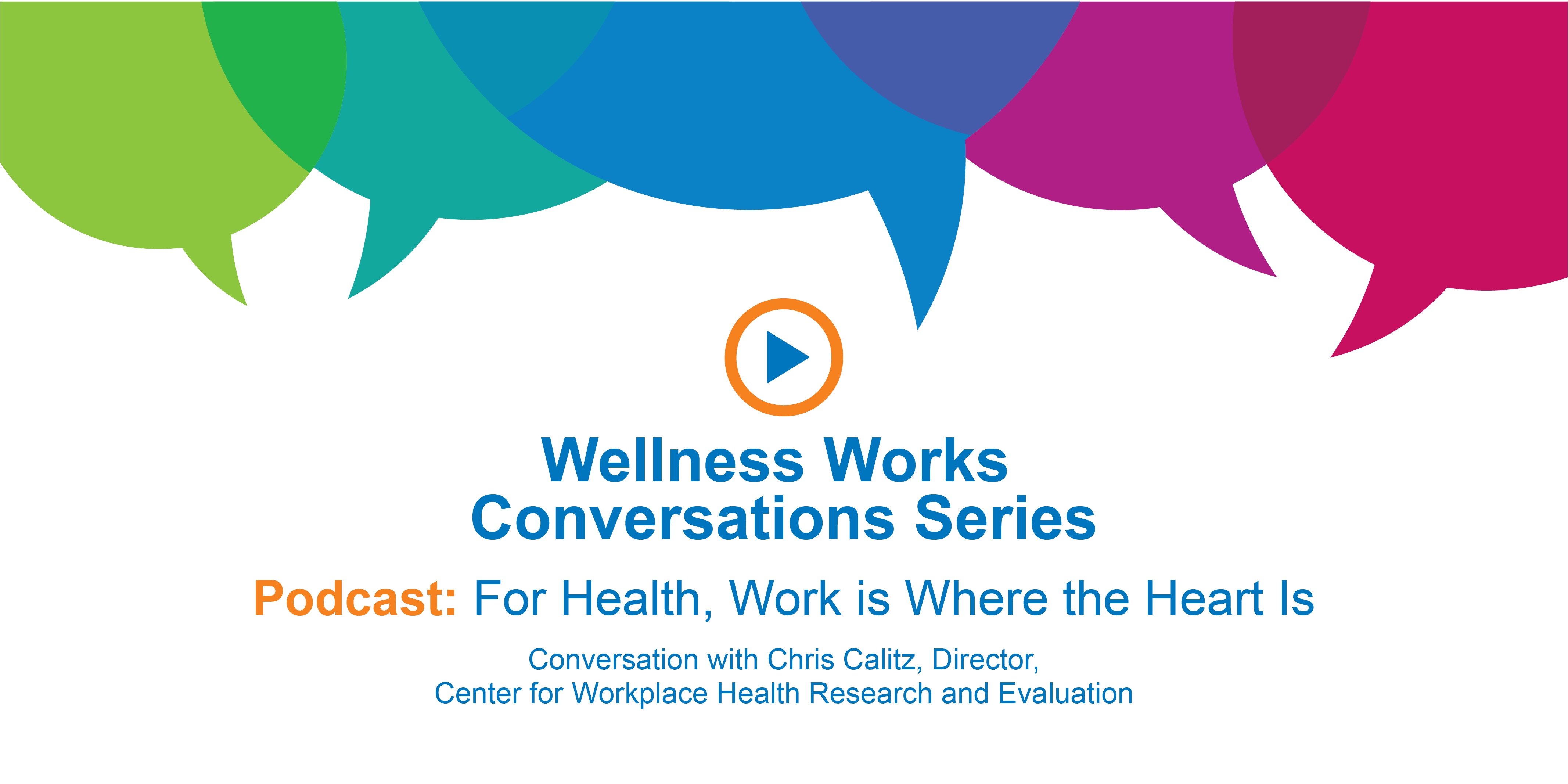Transparency is extremely important to us, so we are letting you know that we may receive a commission on some of links you click on from this page. See our disclaimer.
 Can wellness programs be difficult to understand? That was one question taken up recently by a panel of experts hosted by the St. Louis Business Journal for their Health Care Discussion.
Can wellness programs be difficult to understand? That was one question taken up recently by a panel of experts hosted by the St. Louis Business Journal for their Health Care Discussion.
Said Debbie Johnston, regional market leader at Interactive Health who has consulted with national employers on HR, benefit and wellness programs over the last 14 years: “It’s vitally important a wellness program and its benefits are clearly communicated. Partnering with a wellness vendor that creates strategies to align with the organization’s strategic direction and company culture is essential. Keep the program simple and easy to understand and then build upon the requirements year over year.”
“Don’t let the program become stale. Get executive leadership to drive the strategy so employees can understand the message directly from top down. This approach will align organizational goals with how the wellness program benefits the individual. Think of the, ‘what’s in in for me' question to create high levels of participation, thus creating more awareness, which leads to high levels of engagement, and ultimately measurable results.”
“I can’t express enough that the communication is very, very vital.”
The panelists were asked, if communication is so important, whose job is that?
Johnston responded that while her company helps clients with these communications, “ultimately, it is the employer’s role to communicate and own the message that is delivered, but often they do not have the bandwidth to get their message across multiple locations. I’ve seen very successful programs where the client was very honest with employees and said, ‘We’re taking a 14 percent increase year over year. And as a result, I have to keep increasing your benefit deductions every year if we don’t get a grasp on what that cost is.' So if you can create a culture of well-being or a culture of we care about you more than us carrying the pocketbook, it does impact the health of the organization.”
Added Danielle Solomon, partner at BKD and a member of the BKD National health Care Group: “And I think the delivery of it is extremely important. Employees could think, ‘This is just a way for the company to save money; they don’t really care about my health.’ They could be saying, ‘You can have your procedure performed here for this price and you can go there for this price.’ They can provide other elements we talked about earlier, such as patient satisfaction, quality statistics, physician experience and rating.”




0 Comments